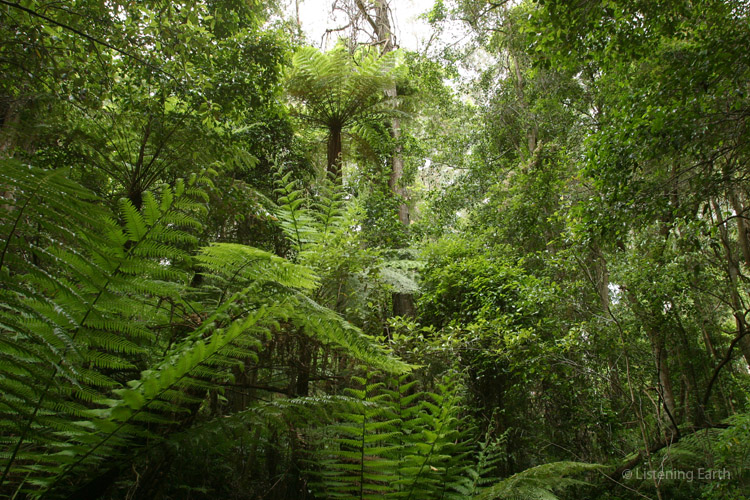

Running Time:
70 min
Release Date:
December 2017
Recording Location:
Near Jenolan, Blue Mountains National Park, NSW
If you like this album,
we also recommend:
In the Refuge of a Fern Gully
Birdsong filters through tall eucalypts in Australia's eastern highlands.
It is a sunny morning, the day after unsettled weather, and a strong breeze is still moving through trees up on surrounding ridges. But down in the shelter of a narrow gully, among tree ferns and dense shrubs, birds find refuge from the elements. Here, even though there is no running water, the ground is moist and plant growth is dense.
The birdsong heard is typical of these upland forests. Golden whistlers, fantails, yellow-faced honeyeaters and grey shrike-thrushes call from the forest midstory. Meanwhile smaller birds flit among low shrubs; scrub-wrens, spinebills, fairy-wrens and thornbills. From not far off, a superb lyrebird is heard giving a variety of mechanical and sonorous vocalisations.
This is a single continuous recording, with an interesting diversity of birdsong and just a little of that ridgetop breeze to give a sense of the landscape.
Andrew comments:
"On the morning I made this recording, the wind was shoving the treetops around noisily. It wasn't a gale, as it had been on previous days, but it remained a decent strong wind. It subdued and obscured any birdsong, and I was feeling that the conditions were still too distracting for an interesting recording.
"Walking around a corner on the track however, I found myself in a small creekline, where the contours of the surrounding ridges gave shelter from the wind. Large tree ferns grew overhead, adding to the seclusion, and here the birds had congregated to enjoy the sunshine and still air.
"After setting up the microphones, I stood quietly in a patch of sunlight between the tree ferns, and enjoyed the place myself."
Audio sample of this album
Purchase this
album as:
Digital Album
(for immediate download)
Download this album
for as little as
$7.50 -
View Special Deals
(Prices AU$, exGST)
Mp3:
Mp3 is a universal audio format, playable on iPods, computers, media players and mobile phones.
Mp3 is a compressed format, allowing smaller filesizes, offering faster download times and requiring less storage space on players, but at some expense to the audio quality. Many listeners can't really hear the difference between mp3 and full CD-quality audio, and hence its convenience has lead to it becoming the default option for audio.
Our albums are generally encoded at around 256kbps (sometimes with VBR), balancing optimal audio quality without blowing out filesizes excessively. We encode using the Fraunhoffer algorithm, which preserves more detail in the human audible range than the lame encoder.
Our mp3 files are free of any DRM (digital rights management), so you can transfer them to any of your media technology. You've paid for them, they're yours for your personal use without restriction.
Mp3 files can be burned to disc, either as an mp3 disc, or an audio CD after converting them to a standard audio (.wav or .aif) format first.
FLAC:
FLAC is a high-quality audio format, allowing CD-resolution audio. It is ideal if you wish to burn your files to a CDR, or listen over a high resolution audio system. However files usually require special decoding by the user before playing or burning to disc.
FLAC (Free Lossless Audio Codec) is a LOSSLESS compressed audio format. This means that it preserves the full audio quality of a CD, but optimises the filesize for downloading. Typically, file sizes of around 60% are achieved without any degradation or loss of audio quality from the source files at the CD standard of 16bit/44.1kHz.
Obviously the file sizes are larger than for the mp3 version - usually around 300-400Mb for an album, compared to 100Mb for an mp3 album.
In addition, you'll need to know what to do with the files once you've downloaded them. In most cases you'll want to decode the files to wav or aiff, either to import into programs like iTunes, or burn to CDR. Some programs will play flac files natively.
There is a lot of information about flac online (eg: http://flac.sourceforge.net/)
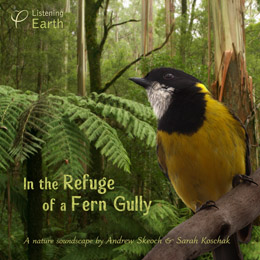
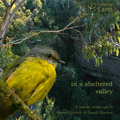
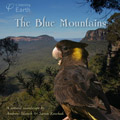
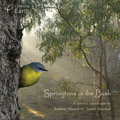

 Alternate audio link
Alternate audio link 